 The new tax bill that takes effect in 2018 raises the standard deduction and caps certain itemized deductions. Therefore, if you will itemize your deduction in 2017, you may want to grab whatever you can this year to get the full value of those deductions. (This assumes you are not subject to AMT.) Here’s a brief summary of your options.
The new tax bill that takes effect in 2018 raises the standard deduction and caps certain itemized deductions. Therefore, if you will itemize your deduction in 2017, you may want to grab whatever you can this year to get the full value of those deductions. (This assumes you are not subject to AMT.) Here’s a brief summary of your options.
- State and Local Income Taxes. You can’t prepay 2018 state taxes in 2017. However, you should pay all your 2017 taxes in 2017. Specifically, if you make estimated quarterly tax payments, you should makes your 4th Quarter state/local payment by December 31, 2017 rather than wait until the deadline which is usually close to the federal deadline of January 18, 2018.
- Property Taxes. You can’t prepay 2018 property taxes in 2017. However, if you have property taxes based on 2017 assessments (partial or whole), you should make those payments by December 31, 2017. Basically, have you received a bill already? Pay it now. Some counties are actually trying to make things easier for you. See these NYT and WaPo articles for details. Things can get complicated if you usually pay via mortgage escrow.
- Charitable contributions. On a related note, you may want to make your charitable contributions by the end of 2017, as you may not be able to deduct your donations if you will fall under the standard deduction in 2018.
More: IRS Advisory, NY Times, National Law Review

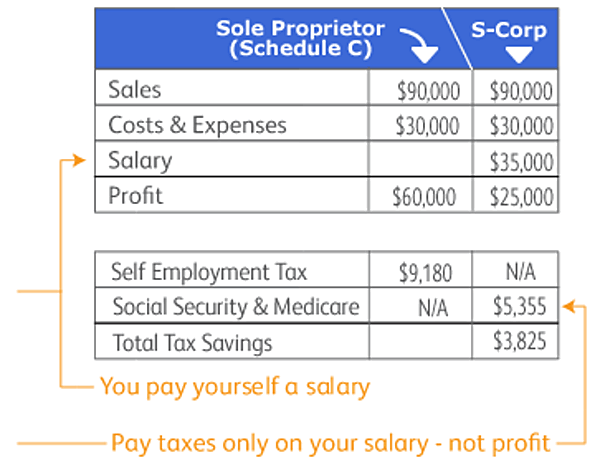
 The wealth management group Del Monte published a
The wealth management group Del Monte published a 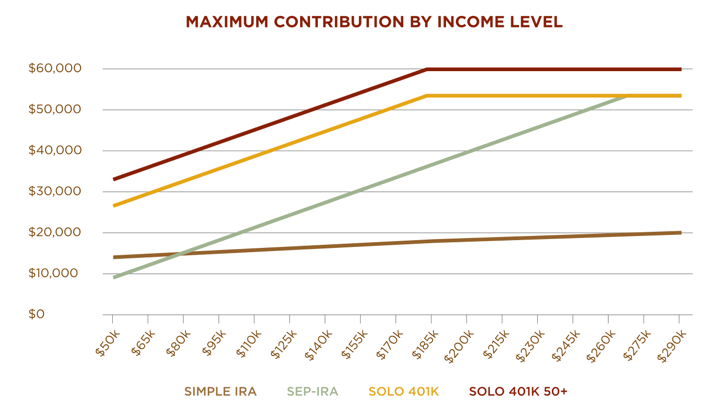
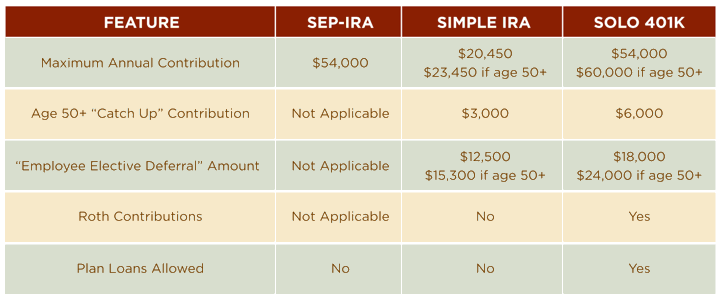
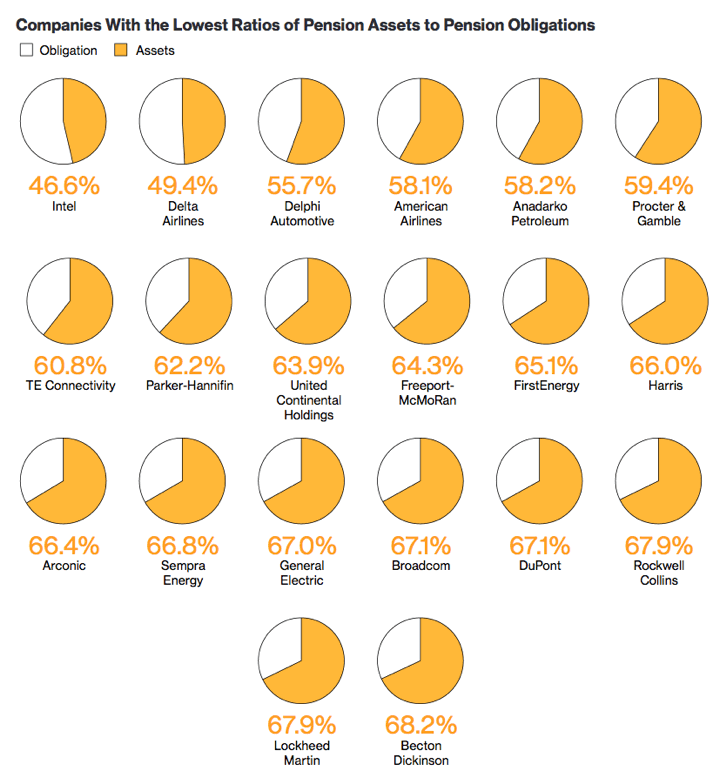
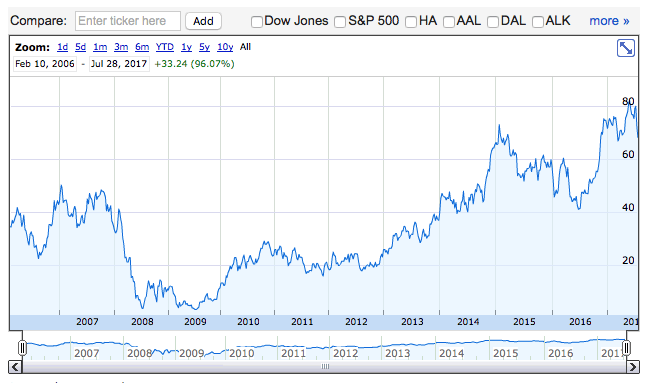
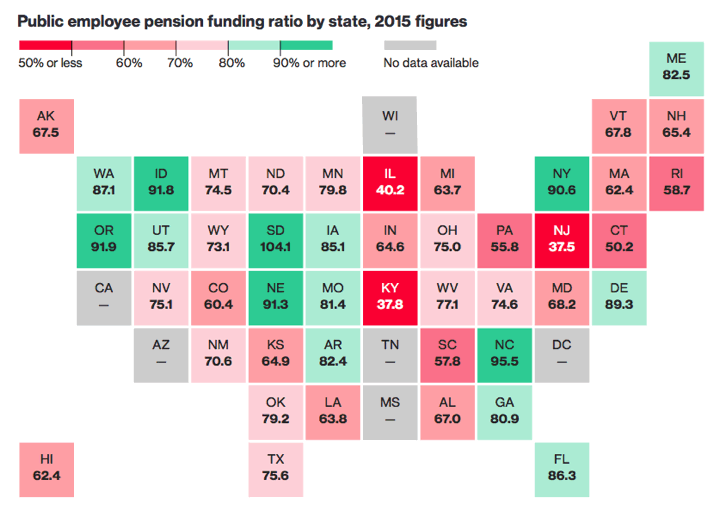
 Updated with new deal. If you are still looking for downloadable desktop tax software that doesn’t require your Social Security Number and financial details to be stored in the cloud, here’s a limited-time deal on H&R Block Tax Software 2016.
Updated with new deal. If you are still looking for downloadable desktop tax software that doesn’t require your Social Security Number and financial details to be stored in the cloud, here’s a limited-time deal on H&R Block Tax Software 2016. 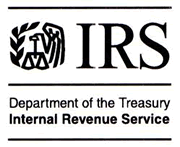
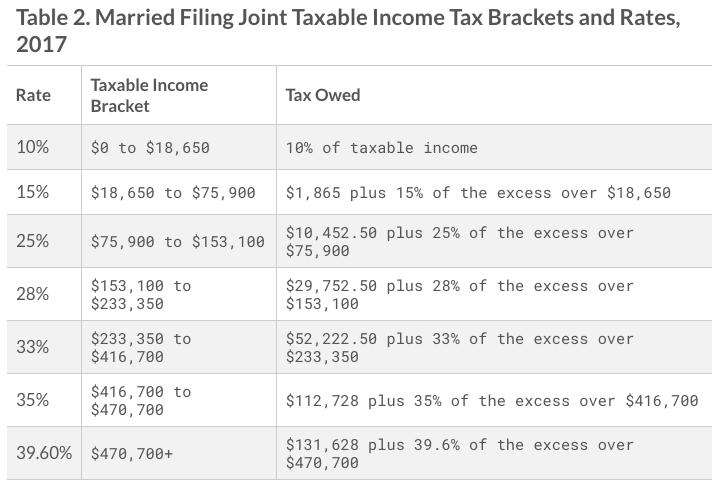
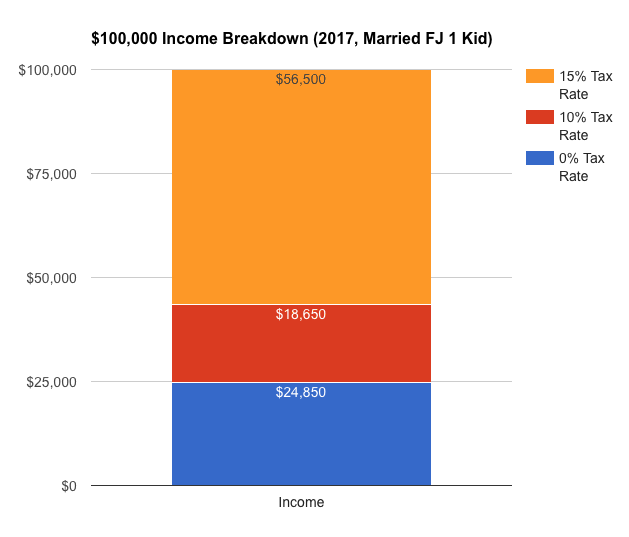
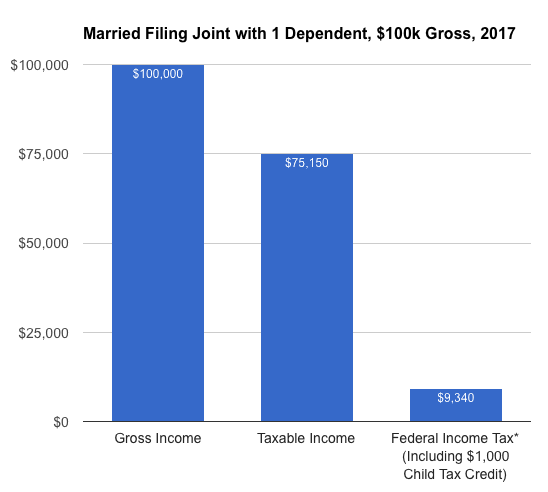
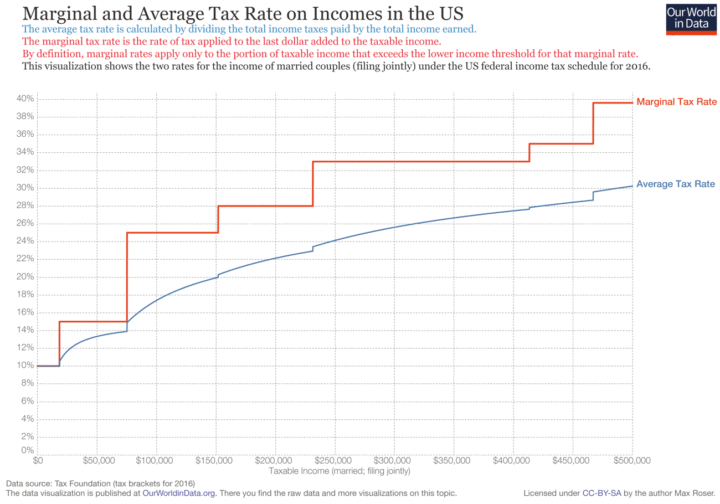
 Allan Roth has a new ETF.com article called
Allan Roth has a new ETF.com article called  In a continued attempt to better understand the 2017 federal income tax brackets, here is a graphical breakdown of a simple scenario for a married filing joint couple with no dependents. Again, I’ll try to explore the differences in terms such as gross income, taxable income, marginal tax rate, and effective tax rate. See also:
In a continued attempt to better understand the 2017 federal income tax brackets, here is a graphical breakdown of a simple scenario for a married filing joint couple with no dependents. Again, I’ll try to explore the differences in terms such as gross income, taxable income, marginal tax rate, and effective tax rate. See also: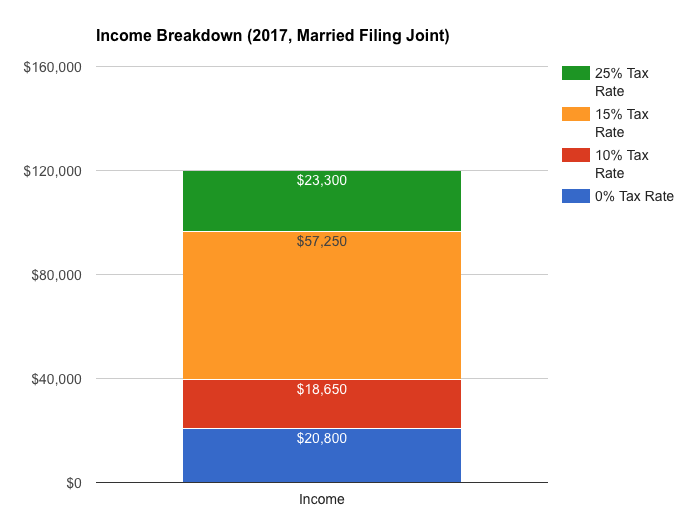
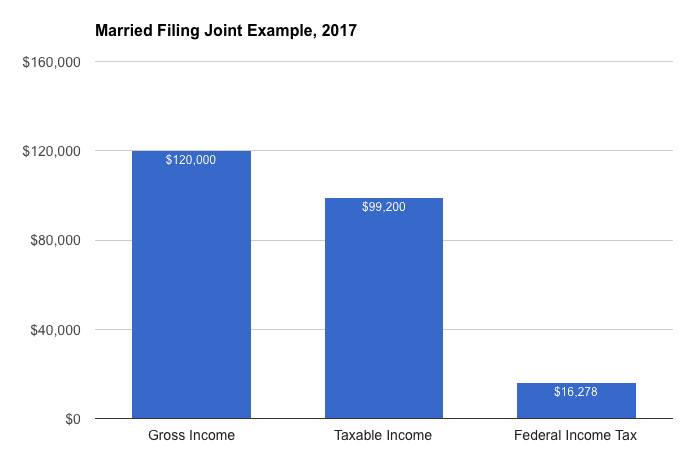
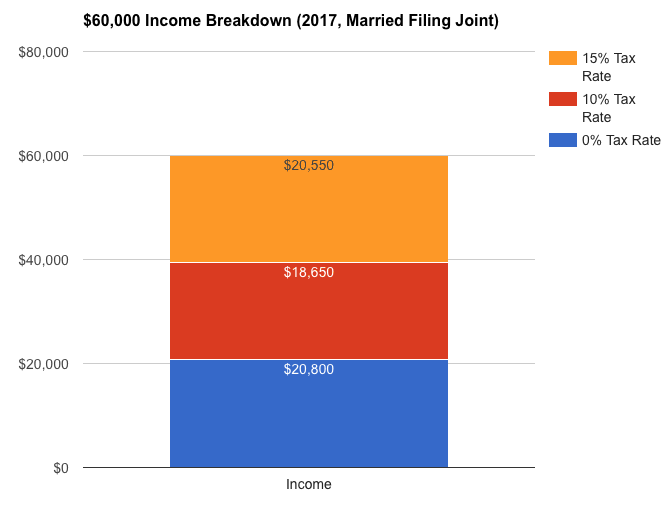
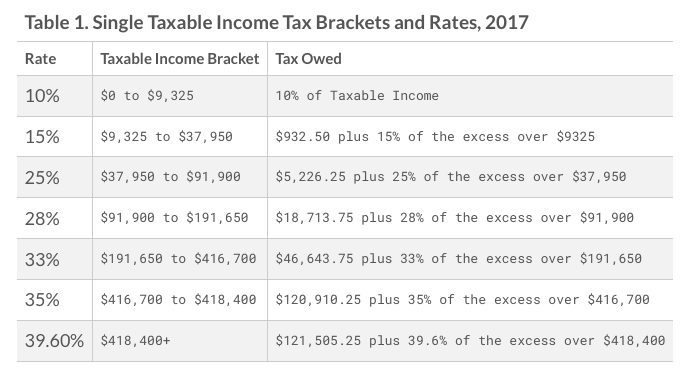
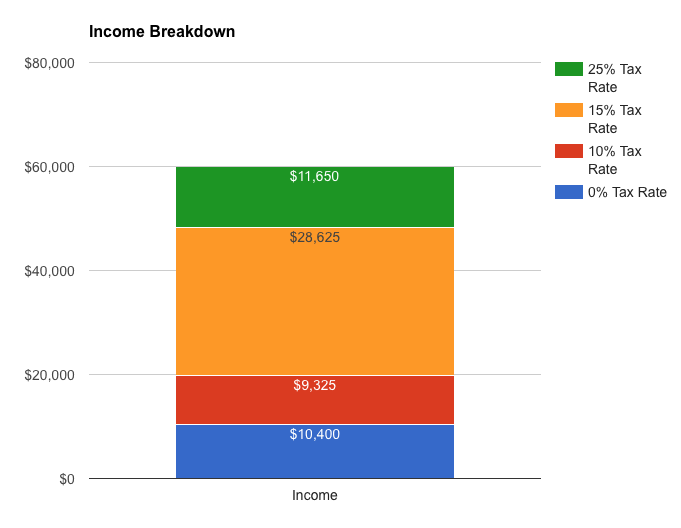
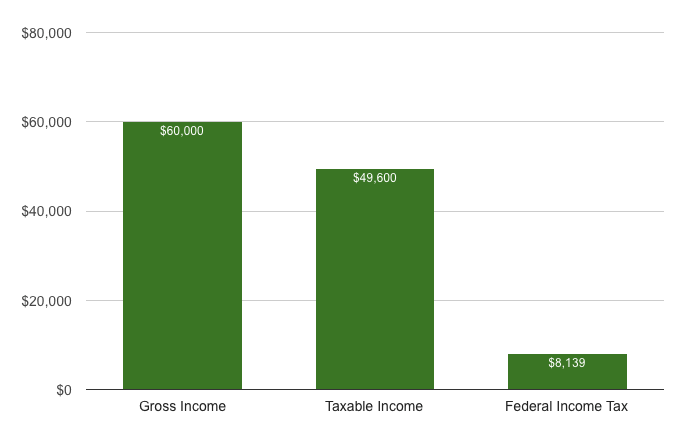
 If one of your New Year’s Resolutions is to create an estate plan for you and your loved ones, here’s a good starter kit. The American Red Cross has a free Estate Planning Guide and Workbook which comes in both electronic fillable PDF form or a paper workbook format if you give them your address. It is roughly 50 pages and includes blanks to store your asset and beneficiary information, make future edits when needed, and print multiple copies to share with your attorney and family members. The guide will help you to:
If one of your New Year’s Resolutions is to create an estate plan for you and your loved ones, here’s a good starter kit. The American Red Cross has a free Estate Planning Guide and Workbook which comes in both electronic fillable PDF form or a paper workbook format if you give them your address. It is roughly 50 pages and includes blanks to store your asset and beneficiary information, make future edits when needed, and print multiple copies to share with your attorney and family members. The guide will help you to: The Best Credit Card Bonus Offers – March 2024
The Best Credit Card Bonus Offers – March 2024 Big List of Free Stocks from Brokerage Apps
Big List of Free Stocks from Brokerage Apps Best Interest Rates on Cash - March 2024
Best Interest Rates on Cash - March 2024 Free Credit Scores x 3 + Free Credit Monitoring
Free Credit Scores x 3 + Free Credit Monitoring Best No Fee 0% APR Balance Transfer Offers
Best No Fee 0% APR Balance Transfer Offers Little-Known Cellular Data Plans That Can Save Big Money
Little-Known Cellular Data Plans That Can Save Big Money How To Haggle Your Cable or Direct TV Bill
How To Haggle Your Cable or Direct TV Bill Big List of Free Consumer Data Reports (Credit, Rent, Work)
Big List of Free Consumer Data Reports (Credit, Rent, Work)